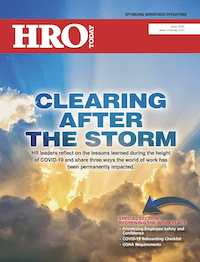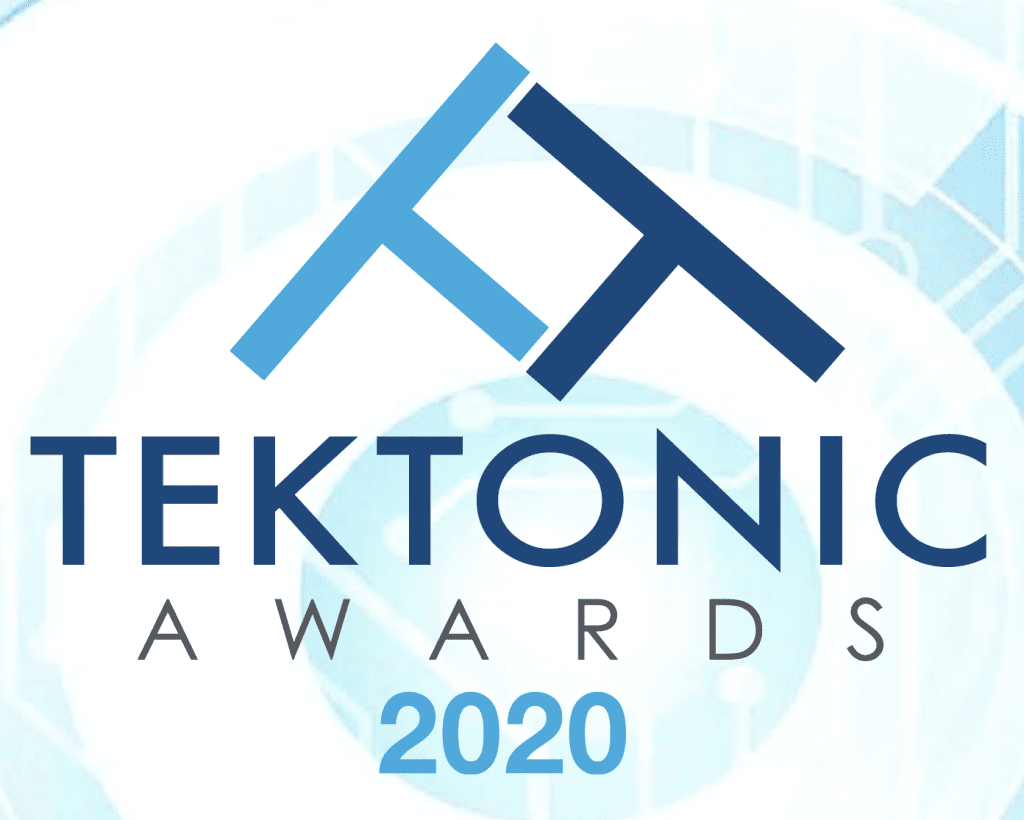HR leaders reflect on the lessons learned during the height of COVID-19 and share three ways the world of work has been permanently impacted.
By Marta Chmielowicz
Over the course of a few weeks, the coronavirus pandemic turned the world upside down. Now, as the first wave of the pandemic passes, businesses are gearing up to open their doors once more -but many complications remain.












